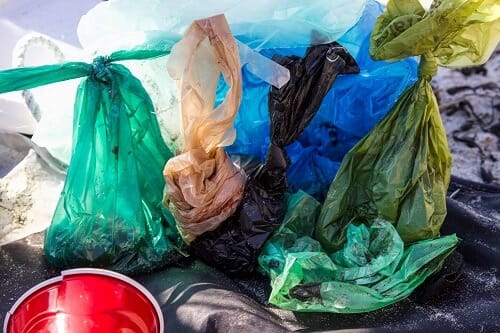
Plastic is pretty amazing, helping us do cool stuff like going to the moon and making super cool gadgets. But guess what? There’s a downside. We make a whopping 350 million tons of plastic, especially single use plastics, waste every year, and lots of it is just thrown away without being taken care of properly. This mess is everywhere, from high mountains to deep oceans.
In our fast-paced, convenience-driven world, single-use plastics have become ubiquitous. From grocery bags to water bottles and disposable utensils, these items offer a quick solution to our on-the-go lifestyle. However, the environmental consequences of our reliance on single-use plastics are severe and demand our attention.
Single-use plastics are designed for short-term use, often serving a single purpose before being discarded. The convenience they provide has led to their widespread use, but their environmental toll is alarming. One of the primary issues lies in their durability. Plastics can take hundreds of years to break down, persisting in the environment long after their brief usefulness has ended. One of the most significant problems associated with single-use plastics is their impact on marine life. When these items are improperly disposed of, they often find their way into rivers, lakes, and oceans. The result is a devastating impact on aquatic ecosystems. Marine animals can mistake plastic for food, leading to ingestion and potential entanglement. The chemicals within the plastics can also leach into the water, harming both marine life and the ecosystems they inhabit.

Birds, too, are not immune to the dangers of single-use plastics. Many seabirds mistake floating plastics for prey, leading to ingestion. The plastics can obstruct their digestive systems, causing malnutrition and, ultimately, death. As plastics break down into smaller particles, they enter the food chain, posing risks to the entire ecosystem, including humans who consume seafood.
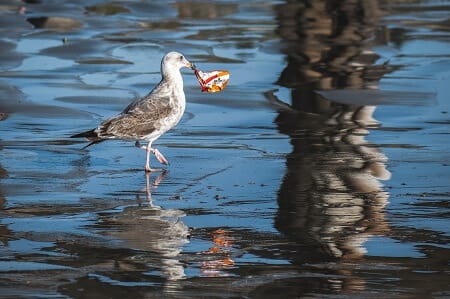
Land-based wildlife is also affected by the proliferation of single-use plastics. Animals can become entangled in plastic debris, leading to injury or death. Moreover, as plastics degrade, they release harmful toxins into the soil, negatively impacting plant life and the animals that depend on it for sustenance.
The production of single-use plastics further compounds the environmental crisis. The extraction and refinement of fossil fuels, such as oil and natural gas, are necessary components of plastic production. This process contributes to air and water pollution, greenhouse gas emissions, and habitat destruction. By reducing our reliance on single-use plastics, we can decrease the demand for fossil fuels and mitigate these destructive effects.
Top Waste type Number Ranked by Pieces Littered *
| Waste Type | Number of Pieces Littered |
| Cigarette filters | 9,697,652,100 |
| Plastic film (non-food) | 2,839,486,700 |
| Plastic film (food) | 2,574,609,700 |
| Expanded polystyrene (non-food) | 1,356,464,400 |
| Non-film plastic food packaging | 649,688,000 |
| Beverage packaging | 587,076,000 |
| Expanded polystyrene (food) | 583,235,600 |
| Single-serve wine & liquor | 325,476,500 |
| Plastic bags | 307,365,600 |
| Water bottles | 275,372,600 |
According to the 2020 National Litter Study, a massive 9.7 billion cigarette filters are the kings of litter in the U.S. That’s almost one-fifth of all the junk lying around! If you stretched those filters end-to-end, they’d go around the Earth five times! And get this: even with 240.9 billion cigarettes sold in the U.S. in 2022, over 80% of those filters end up as litter. This number might not even show the real mess.
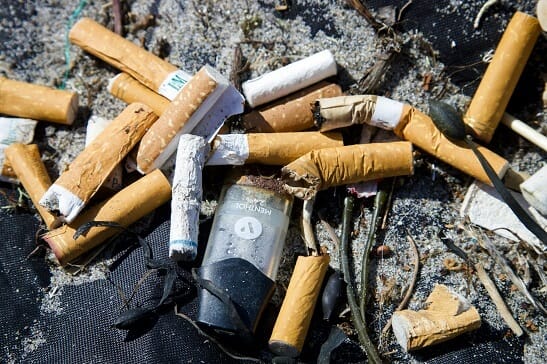
Here’s a shocker: those cigarette filters everyone thinks are like cotton candy are actually made of plastic called cellulose acetate. They don’t break down easily – it takes 18 months to a whopping 10 years! During this time, they’re causing serious harm to our environment.
Apart from cigarettes, food and drink containers add to the litter mess, making up half of the top 10 offenders. Surprisingly, plastic bags are only in the ninth spot, possibly because some states and cities have banned them.
Efforts to address the issue of single-use plastics are gaining momentum globally. Many communities are implementing bans on single-use plastic bags, and some are even considering bans on other disposable items like straws and utensils. Recycling initiatives are also being expanded to manage the existing plastic waste more efficiently. However, recycling alone is not a silver bullet; reducing our dependence on single-use plastics is crucial.
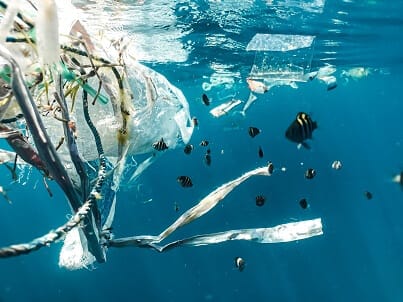
Individuals can play a significant role in combating the single-use plastic crisis. Choosing reusable alternatives, such as water bottles, bags, and containers, can significantly decrease personal plastic consumption. Additionally, proper disposal of plastic waste, including recycling when possible, prevents these items from entering the environment.
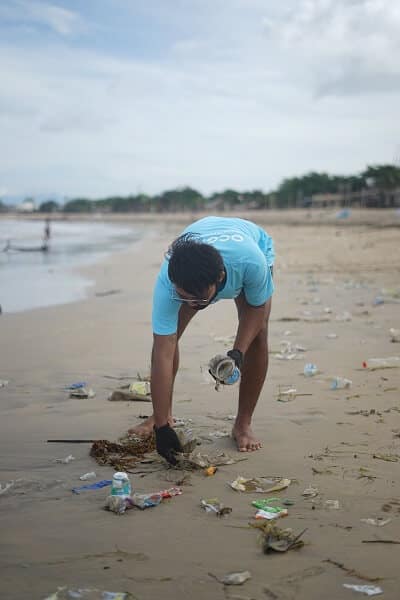
Plastic litter is a big deal, and it’s messing up our world. We need to tell everyone, make good rules, and each of us needs to do our part to keep plastic from taking over our environment. It’s time to take action and keep our planet clean for the future.
In conclusion, the environmental impact of single-use plastics is a pressing issue that demands our attention and action. From endangering marine and land-based wildlife to contributing to pollution and climate change, the consequences of our plastic dependence are far-reaching. By embracing sustainable alternatives and advocating for responsible plastic use, we can collectively work towards a cleaner, healthier planet for current and future generations.